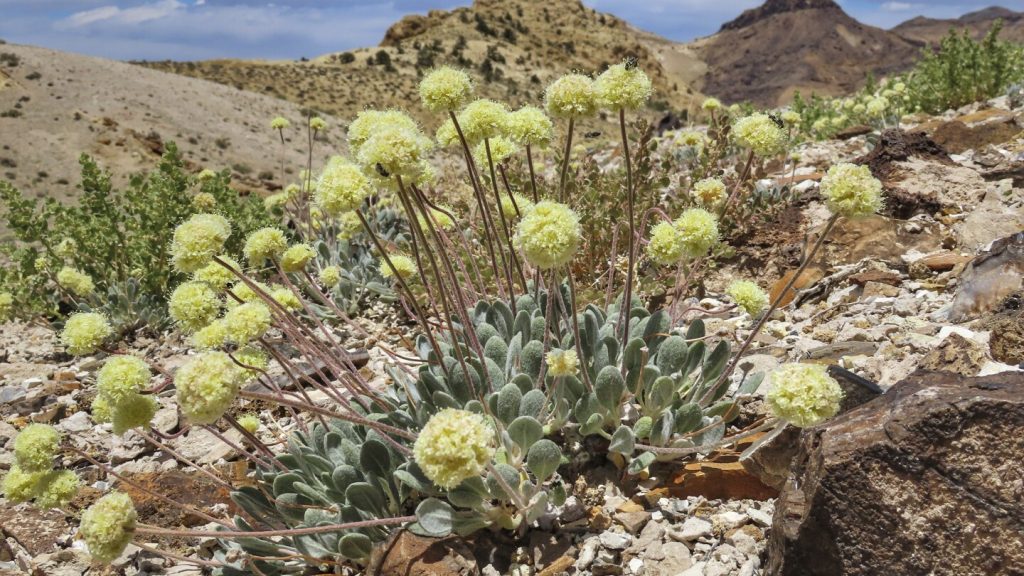The Biden administration has made progress in the environmental review process of a potential lithium mine in Nevada, releasing over 2,000 pages of documents for the Rhyolite Ridge mine. Lithium is crucial for battery production in electric vehicles, aligning with President Biden’s clean energy goals. The Bureau of Land Management and Interior Department have highlighted this as a step towards supporting domestic development of critical minerals for clean energy.
Conservationists are concerned about the impact of the mine on the endangered Tiehm’s buckwheat, a rare wildflower found near the proposed site. The Center for Biological Diversity has been advocating for federal protection of this flower since 2019 and plans to challenge the environmental review if it approves the mine’s construction. Nevada currently hosts the only operating lithium mine in the U.S., with another under construction. Global demand for lithium is projected to grow significantly by 2030.
Ioneer Ltd., the Australian company behind the Rhyolite Ridge mine project, has adjusted its plans to reduce habitat destruction for the Tiehm’s buckwheat and is committed to conservation efforts. The company expects lithium production to commence by 2027 and believes the mine will support the shift towards electric vehicles. However, conservationists remain skeptical of the company’s propagation plan to grow and transplant the flowers, arguing it may not be effective in preserving the plant’s unique habitat.
The Fish and Wildlife Service listed Tiehm’s buckwheat as an endangered species, citing mining as the main threat to its survival. The subsequent draft environmental impact statement presents different options for the project, including a no-action alternative. Despite efforts to reduce habitat destruction in the preferred plan, critics argue that any harm to such a rare species is unacceptable. The Center for Biological Diversity has raised concerns about the rushed nature of the mine’s review, suggesting that adequate consultation with wildlife agencies is necessary to ensure the species’ protection.
Federal law mandates consultation with the Fish and Wildlife Service when a project may affect a threatened or endangered species and its critical habitat. Critics argue that even the reduced impact on Tiehm’s buckwheat habitat is too severe, likening it to a fatal blow to the rare wildflower. The ongoing debate highlights the tension between clean energy initiatives and wildlife conservation efforts, underscoring the challenges of balancing economic development with environmental protection. The outcome of the legal battles and public response to the project will shape the future of lithium mining in the U.S. and its environmental implications.


